More and more tourists are interested in improving their health when traveling . This reality requires Vietnam to have a comprehensive strategy to quickly promote this type of tourism. Tourists choose this type of tourism to find services that help them relax, rest, and eliminate negative and depressed feelings.
As life becomes more and more stressful, people's need for relief increases, so traditional medicine services and products create momentum for tourism development. Traditional medicine health care tourism builds a supply chain of health care services, traditional medicine treatment to serve tourists with a chain of medical examination and treatment facilities; rehabilitation, sauna, massage, acupressure, physical therapy... using traditional medicine.

Signing service provision agreements with units participating in medical tourism tours in Ho Chi Minh City (Photo: Internet)
Develop training materials, provide professional guidance on traditional medicine and organize training for tourism personnel participating in the supply chain of traditional medicine and pharmaceutical products. Develop training materials, provide professional guidance on tourism and organize training for medical staff providing traditional medicine and pharmaceutical services to tourists. Standardize foreign language skills for staff providing traditional medicine and pharmaceutical services to tourists;
Develop documents on simple traditional medical methods, drug use methods, acupressure massage methods, physical therapy, qigong, yoga, food therapy... and train personnel directly practicing at resorts, spas, saunas, massage, acupressure, physical therapy, hotels...
Applying information technology in management and provision of traditional medicine services and products to serve tourists, building a database of traditional medicine facilities participating in the supply chain of traditional medicine services and products to serve tourists, 05 lines of service and product supply.
The Ministry of Health also provides a roadmap for the implementation of building and developing a model of traditional medicine health care tourism specifically by 2025, forming a chain of pilot models of traditional medicine health care tourism in provinces and cities with tourism potential with 20 units participating in providing medical examination, treatment and health rehabilitation services by 2030: Completing the supply chain of traditional medicine health care tourism with over 30 participating units.
In which, building and developing a model of cosmetic tourism using traditional medicine by 2025, forming a chain of model points for providing cosmetic services using traditional medicine at 20 units by 2030: Completing the supply chain of cosmetic tourism using traditional medicine with over 30 participating units.
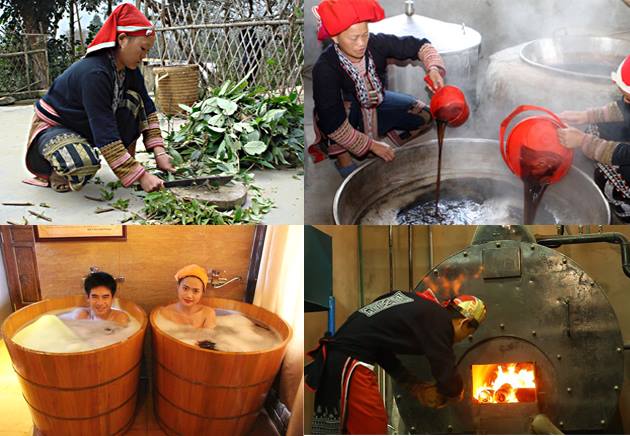
Developing traditional medicine services and products to serve tourists (Photo: Internet)
Regarding the development of a model for medicinal and traditional medicine tourism by 2025, a series of pilot models of medicinal herb cultivation areas will be established to serve tourists visiting and shopping for medicinal herb products and traditional medicine products in medicinal herb cultivation areas, national parks, medicinal herb conservation centers, medicinal plant collection and conservation gardens, forest protection cooperatives associated with medicinal herb cultivation, and medicinal herb conservation and development cooperatives.
Form and deploy a model of showrooms and product introductions at traditional medicine manufacturing companies, forest landscape protection areas, traditional medicine and pharmaceutical product trading booths near tourist destinations and fair exhibition booths serving tourists to visit and shop, along with a chain linking cultivation, processing, and production of medicinal herbs and traditional medicines associated with the consumption of medicinal herbs and traditional medicines by 2030, completing the supply chain of medicinal herbs and traditional medicine tourism.
Specifically, building a model for tourism to explore traditional medicine and indigenous culture by 2025, building a pilot model in Ta Phin - Lao Cai, by 2030: Completing the supply chain of tourism services to explore traditional medicine and indigenous culture in 08 ecological regions.
Building a traditional medicine and pharmacy academic tourism stream by 2025: Issuing guidance documents on how to use traditional medicine and pharmacy methods in health care and improvement; building, standardizing, systematizing and issuing guidance documents on how to use medicinal herbs and traditional medicines in Vietnamese cuisine; and by 2030, building a database on how to use medicinal herbs and traditional medicines in Vietnamese cuisine to facilitate use and search.
For the construction of a resort model combined with the use of traditional medicine and health care services, increasing the use of traditional medicine and health care services and products in tourist areas, resorts, and hotels with potential, by 2025, pilot the construction of 05 resort models combined with the use of traditional medicine and health care services and products, and by 2030: Connect and form a system of resort models combined with the use of traditional medicine and health care services and products nationwide.
In addition, the recognition of traditional medicine products and services that meet national or local standards with Vietnamese identity and brands to serve tourists by 2025 will develop and promulgate a set of standards to organize the recognition of traditional medicine products and services that meet national standards (TCVN) or local standards with Vietnamese identity and brands to include in the supply chain of products serving tourists.
By 2027, 5 traditional medicine products and services will be recognized as meeting national standards and bearing Vietnamese identity and brands, and about 10 specific local traditional medicine products and services. By 2030: 20 traditional medicine products and services will be recognized as meeting national standards and bearing Vietnamese identity and brands, and about 40 specific local traditional medicine products and services.
In particular, regarding human resource development, the Ministry of Health has set targets such as completing training programs and materials by 2025 to train and foster staff participating in the traditional medicine service supply chain.
Strive to have 100% of the staff at the participating pilot facilities trained and fostered in tourism skills, 30% of tour guides provided with knowledge of traditional medicine at training facilities according to regulations, 50% of technicians at facilities providing sauna, massage, acupressure, and physical therapy services using traditional medicine and pharmacy granted training certificates in massage, acupressure, and physical therapy. For facilities participating in the traditional medicine and pharmacy service and product supply chain, except for facilities providing medical examination and treatment services, the remaining facilities must have at least 01 staff member with foreign language standards level 4 or higher according to regulations.
For facilities providing medical examination and treatment services using traditional medicine, ensure sufficient human resources with foreign language proficiency to serve medical examination and treatment work according to current regulations on granting practice certificates to practitioners and granting operating licenses to medical examination and treatment facilities.
By 2030, strive to have 50% of tour guides provided with knowledge of traditional medicine, 100% of technicians at facilities providing sauna, massage, acupressure, and physical therapy services using traditional medicine and pharmacy granted training certificates in massage, acupressure, and physical therapy. For facilities participating in the supply of traditional medicine and pharmacy services and products (except facilities providing medical examination and treatment services), there must be at least 02 employees with foreign language standards of level 4 or higher according to regulations.
Regarding the application of information technology in the management and provision of traditional medicine and pharmaceutical services and products for tourists by 2025: Building and operating a website introducing the potential and strengths of traditional medicine and pharmaceuticals; a database of traditional medicine and pharmaceutical facilities participating in the supply chain of traditional medicine and pharmaceutical services and products; software for reporting statistical data on participating facilities, data on tourists using services and purchasing traditional medicine and pharmaceutical products to serve management and operation work.
Apply digital healthcare solutions such as remote electronic medicine and electronic medical records at pilot units providing medical examination and treatment services. By 2030, complete the database of traditional medicine facilities participating in the supply chain of traditional medicine services and products; 100% of units participating in providing health tourism services apply healthcare solutions on the 4.0 platform such as remote electronic medicine and electronic medical records./.
Yanjiang


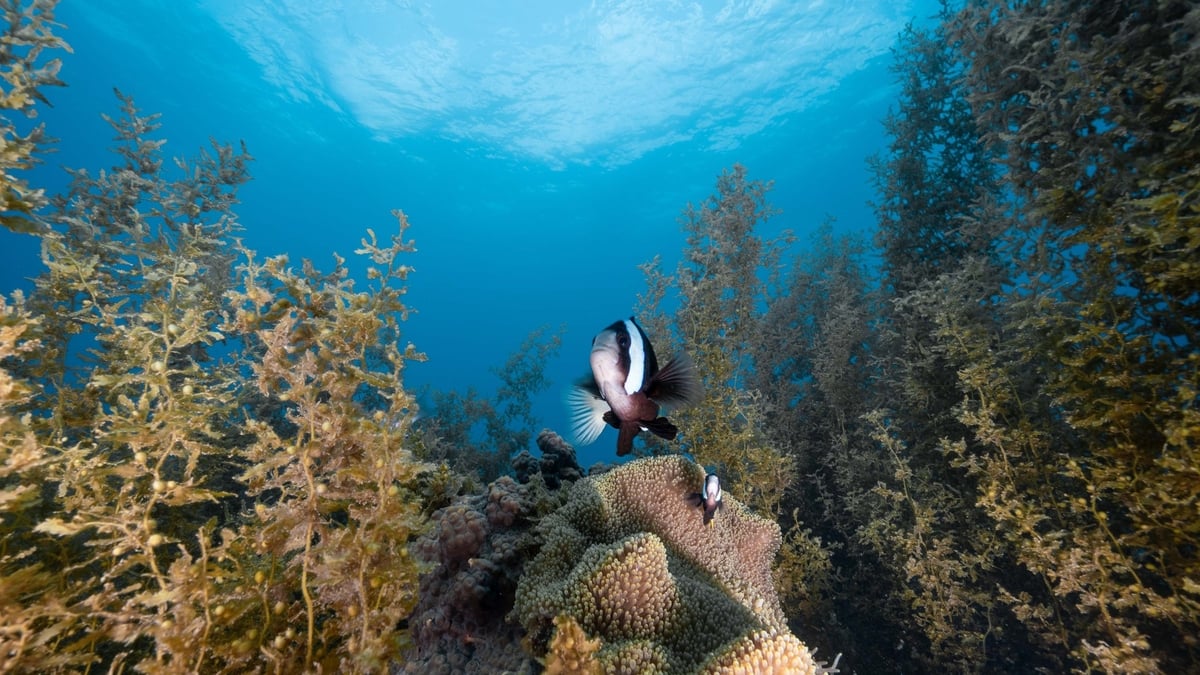


![[Photo] Prime Minister Pham Minh Chinh receives leaders of Excelerate Energy Group](https://vphoto.vietnam.vn/thumb/1200x675/vietnam/resource/IMAGE/2025/5/29/c1fbe073230443d0a5aae0bc264d07fe)
![[Photo] Vietnamese and Hungarian leaders attend the opening of the exhibition by photographer Bozoky Dezso](https://vphoto.vietnam.vn/thumb/1200x675/vietnam/resource/IMAGE/2025/5/29/94d8ceca5db14af3bf31285551ae4bb3)
![[Photo] Prime Minister Pham Minh Chinh meets with Hungarian President Sulyok Tamas](https://vphoto.vietnam.vn/thumb/1200x675/vietnam/resource/IMAGE/2025/5/29/dbcaa73e92ea4448a03fe1d0de6d68e8)
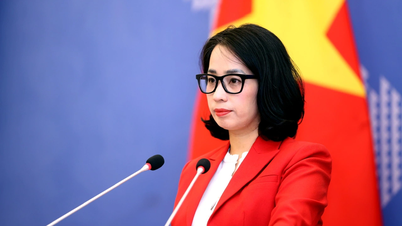



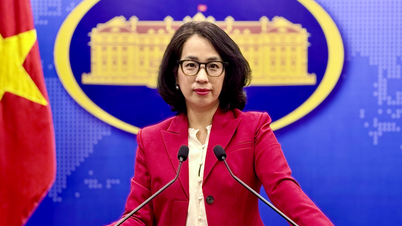




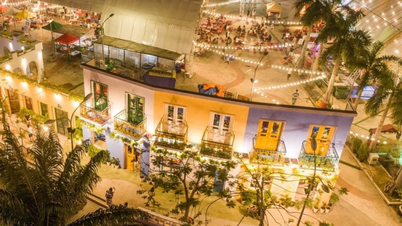





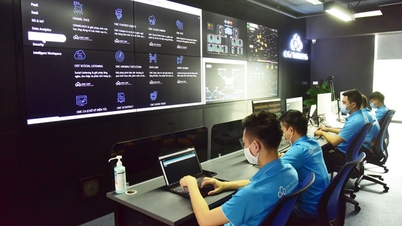
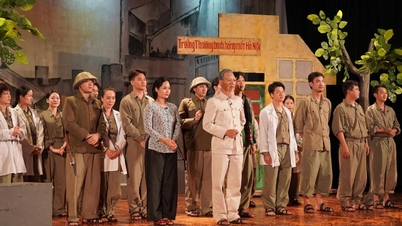
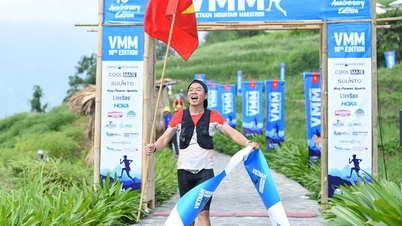

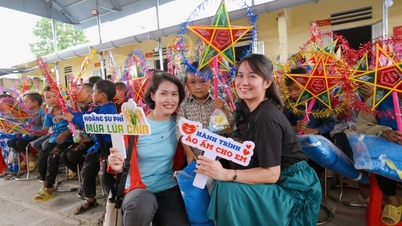
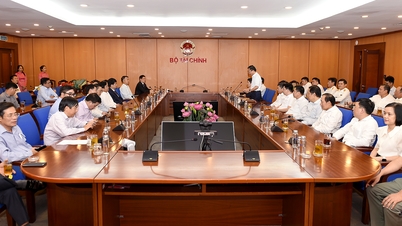











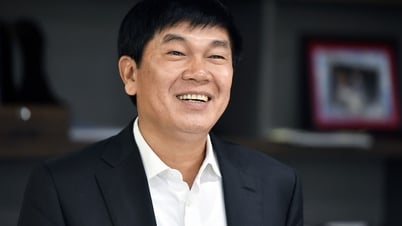










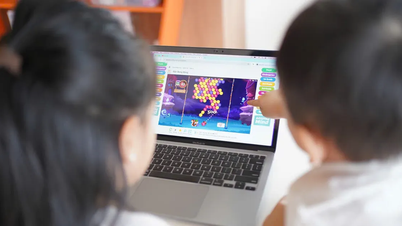

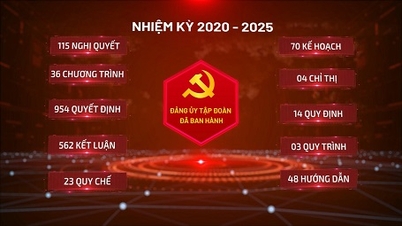







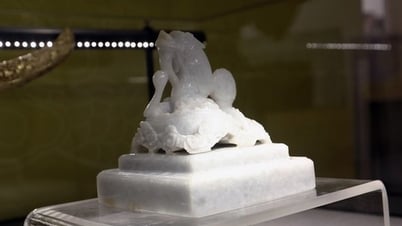
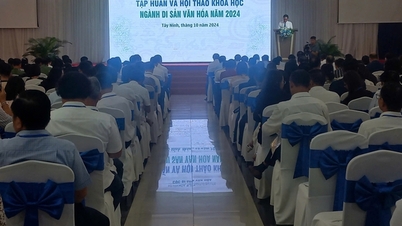
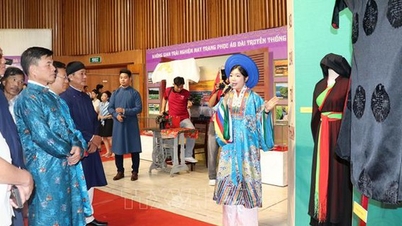
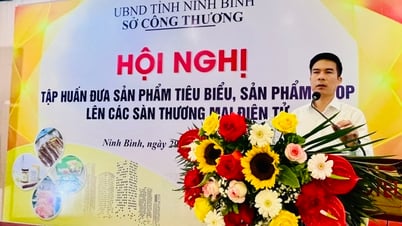

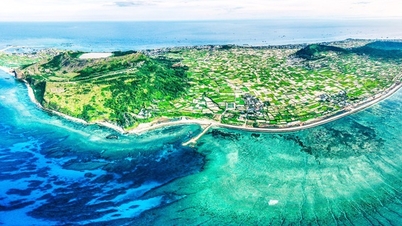
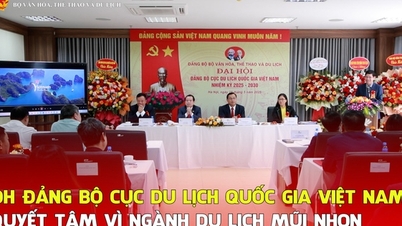
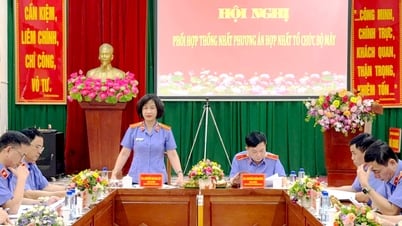

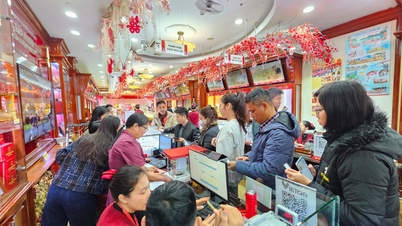





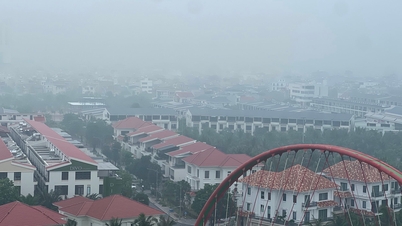
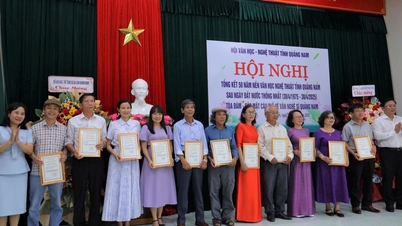










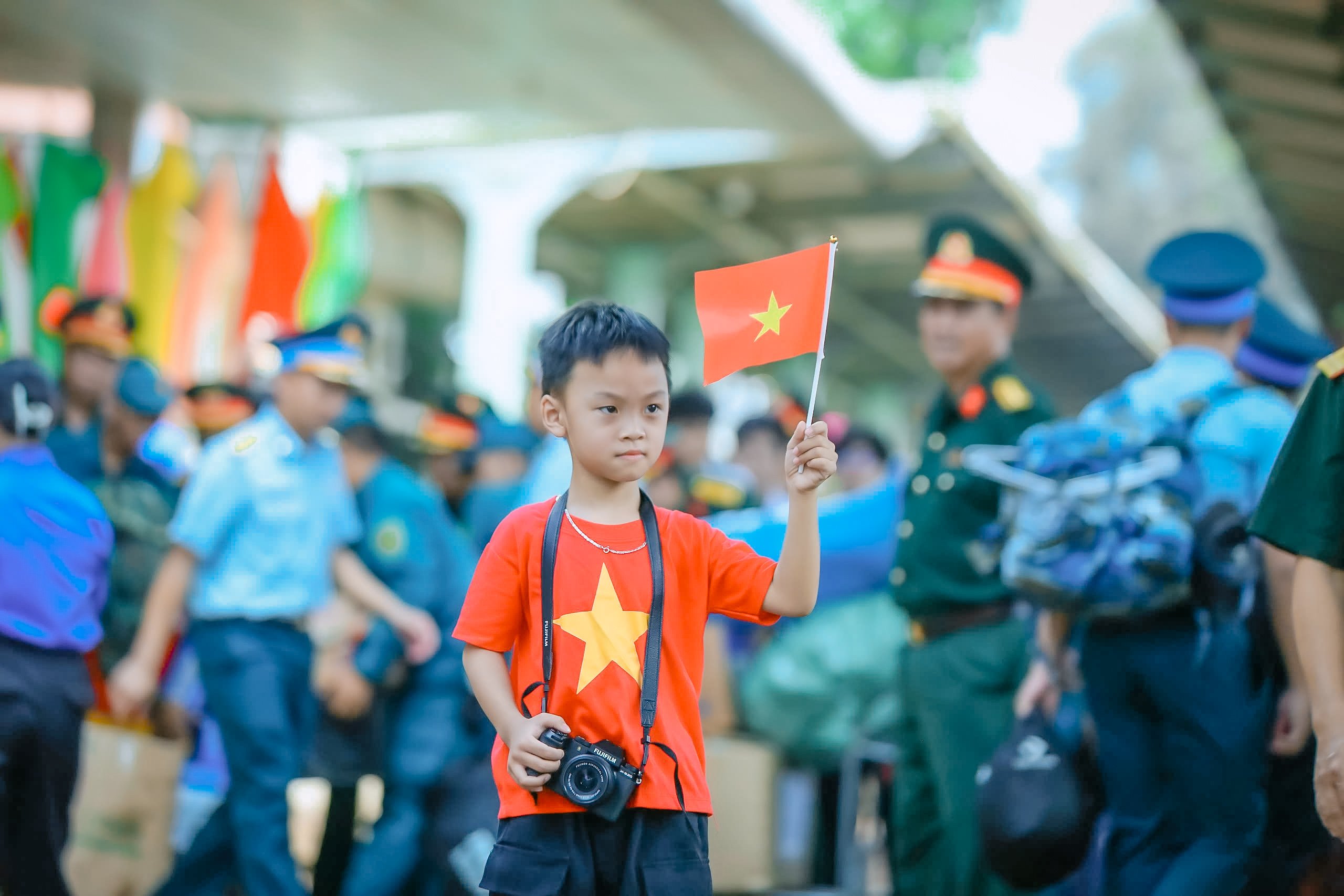
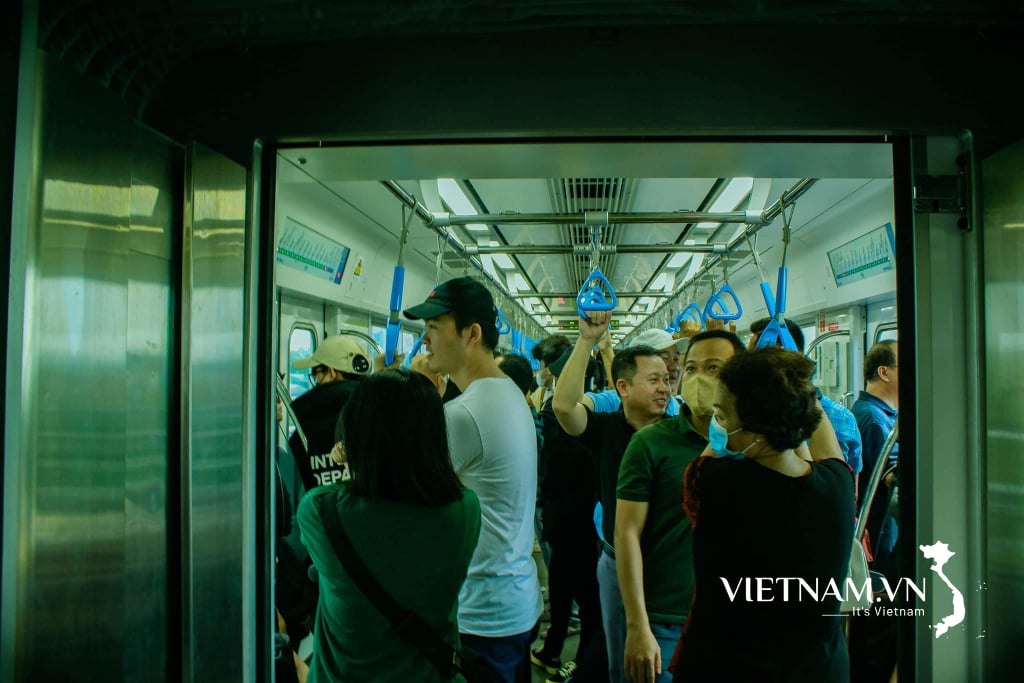
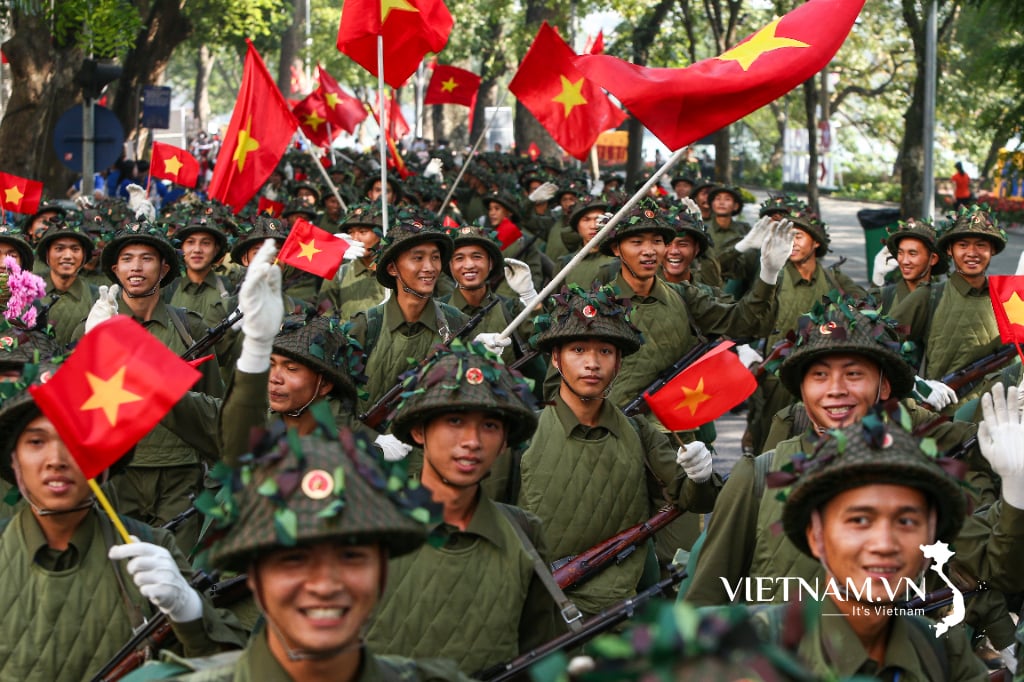
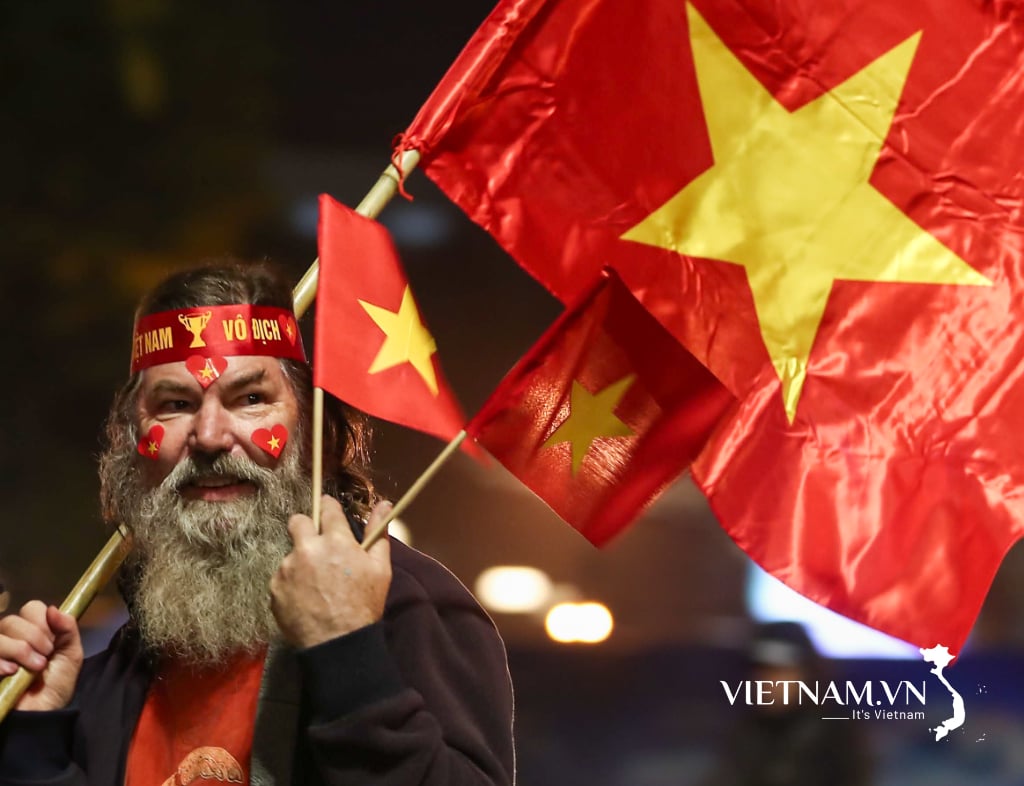
Comment (0)